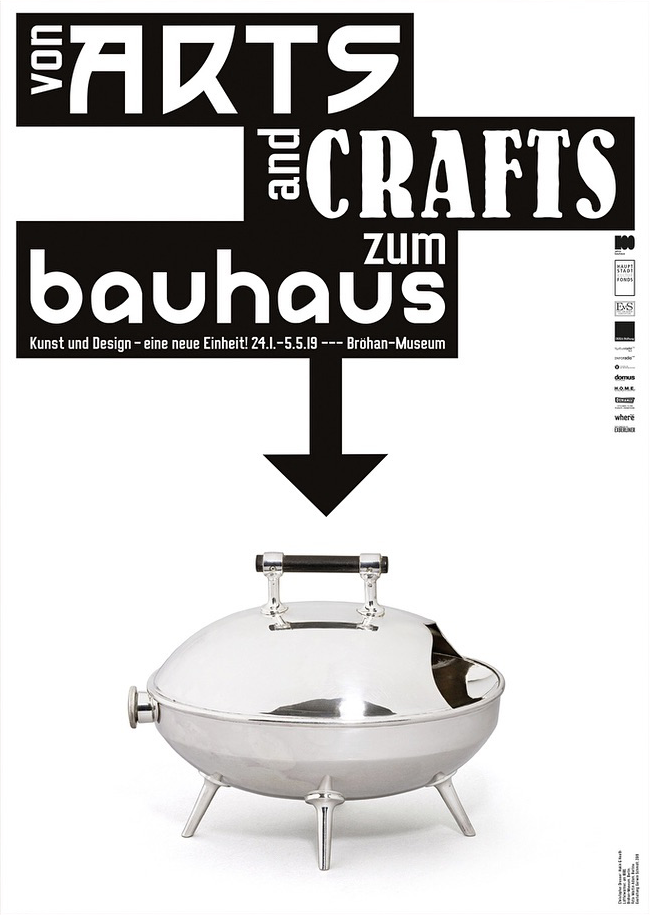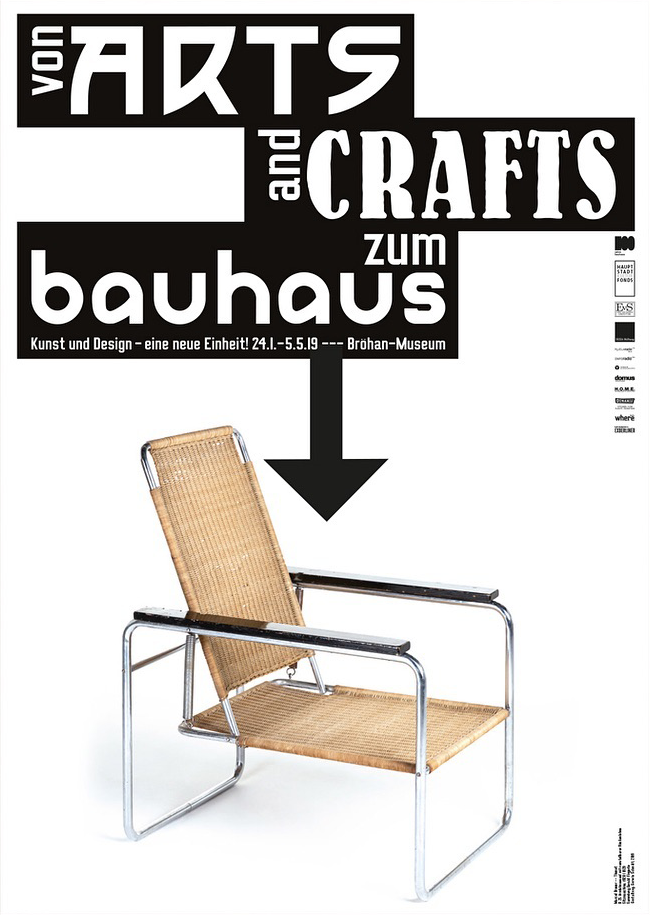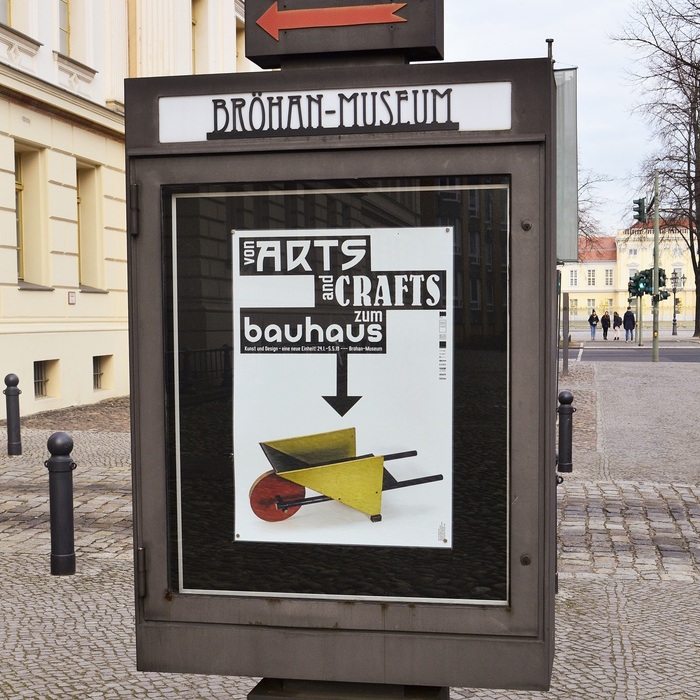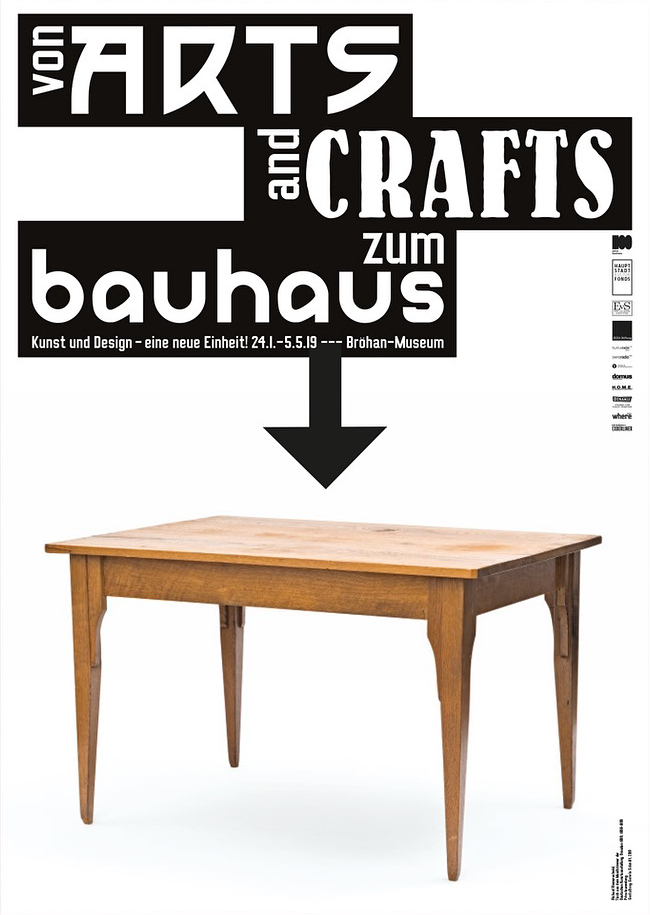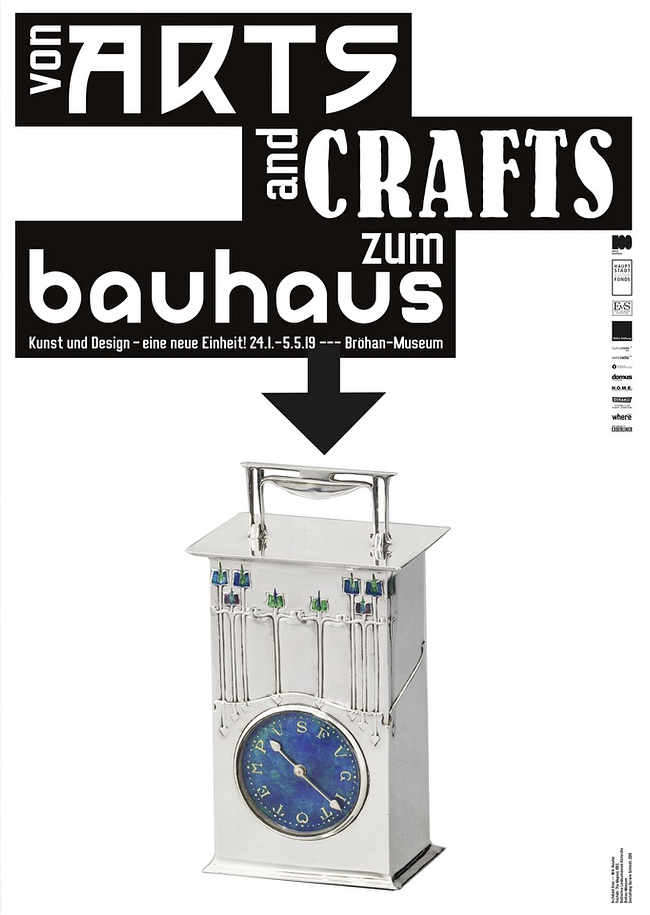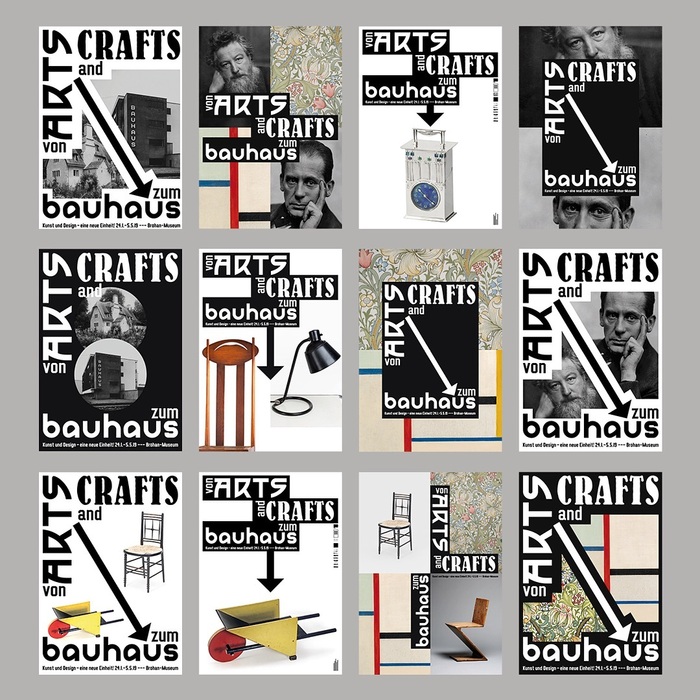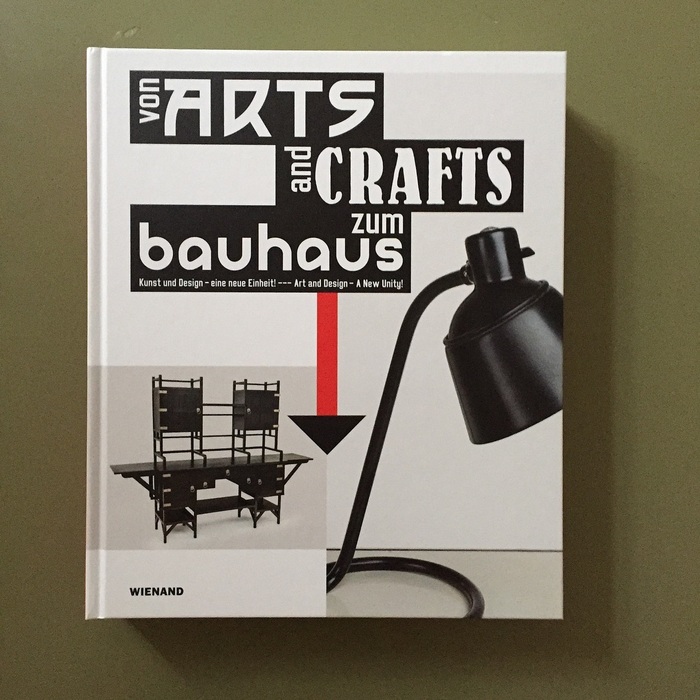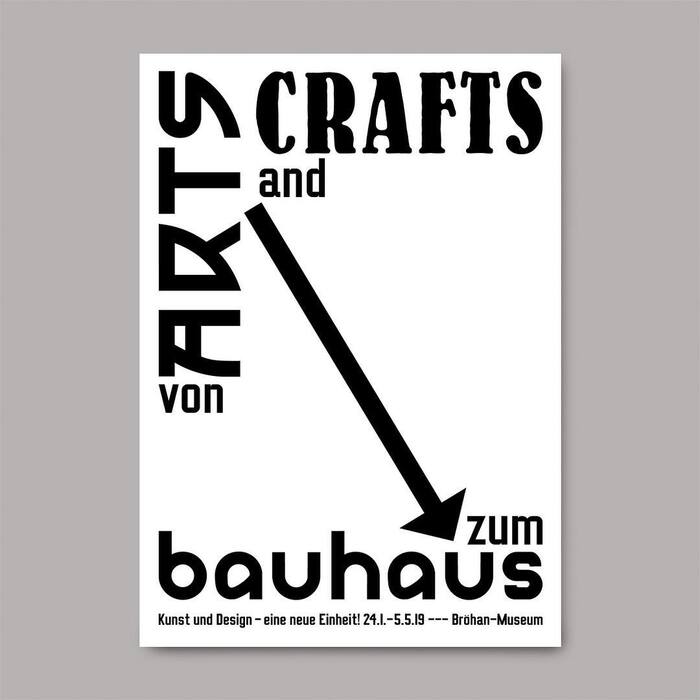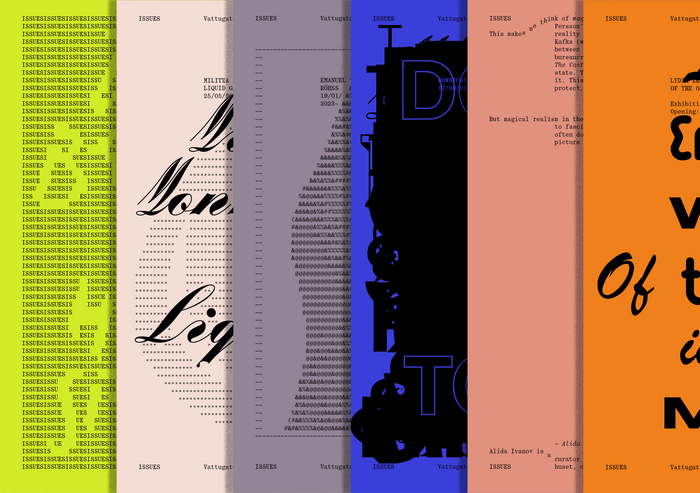
Konst & Teknik. License: All Rights Reserved.
A selection of pages from the A4 handouts printed for each exhibition









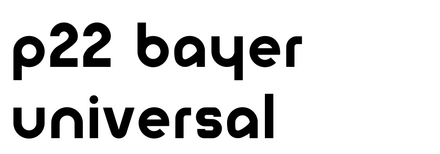














































ISSUES is a contemporary art gallery in central Stockholm, initially set up as an ambulancing space in 2014 by Oscar Carlson, Johan af Geijerstam, Julia Eriksson and Peter Str?m.
Between 2014 and 2021 the gallery produced thirteen shows around Stockholm, where the geographical location was of equal importance as the artist. For Issues #3 in 2015, Ryan Trecartin*s work CENTER JENNY was shown in the local Mediamarkt store on all 196 TV screens simultaneously. For Issues #4 in 2017, a group exhibition took place in an (at the time) empty space on S?dermalm shaped like a display window, where the artworks were rotated every fifteen minutes in order to let that specific space come to its fullest.
Because of these new physical and geographical locations, the visual identity for the gallery was changed each time, adopting different typographic references to the current space.
In 2021 a more permanent space on Vattugatan 13 was found, turning the gallery into a commercial one in a fixed location 每 at least for the time being.
A permanent design system was introduced with the new space, where the location was less important 每 almost the opposite, as the new space was in a location almost unheard of even for the most hardcore Stockholmer, in an area filled with governmental buildings.
The design system takes its starting points in concrete poetry and early computer art (mainly ASCII) using Vincent Chan*s Quadrant Text Mono, complemented with the addition of a typeface and treatment picked for every artist 每 giving each artist their own visual identity connected to the space. Each typeface and treatment picked either refers to the artist*s practice or is connected to the idea of a place in downtown Stockholm 每 or in some cases, both.
The grid is based the word ※ISSUES§ written 16 by 10.5 times on an A4 sheet 〞 because, you know, too many ISSUES#
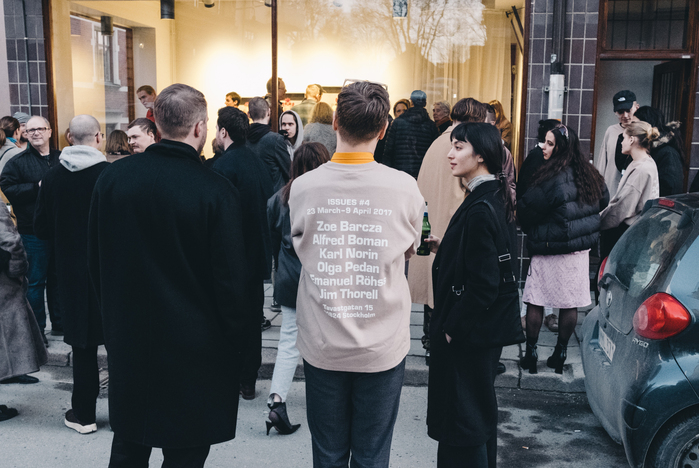
Konst & Teknik. License: All Rights Reserved.
The visual identity for ISSUES 4 took its typographic starting points in the typeface Eurostile found at the logo of a left over vacuum cleaner in the space.
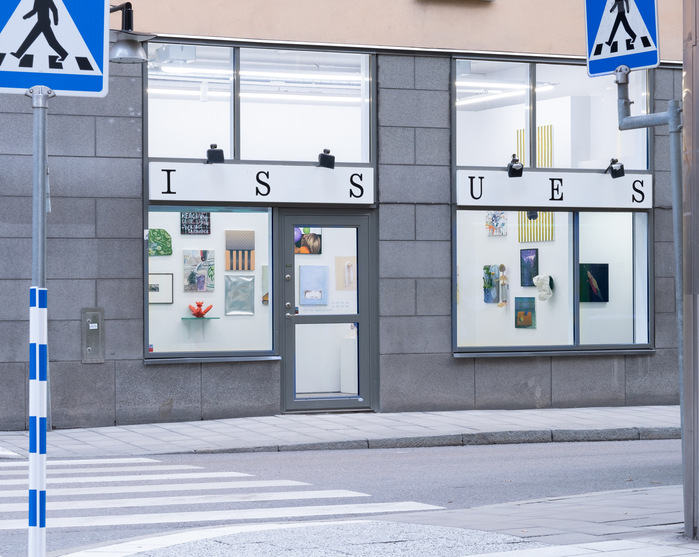
Konst & Teknik. License: All Rights Reserved.
The new space at Vattugatan 13 uses Quadrant Text Mono on all its signage and printed matter, as well as on the website and social media.
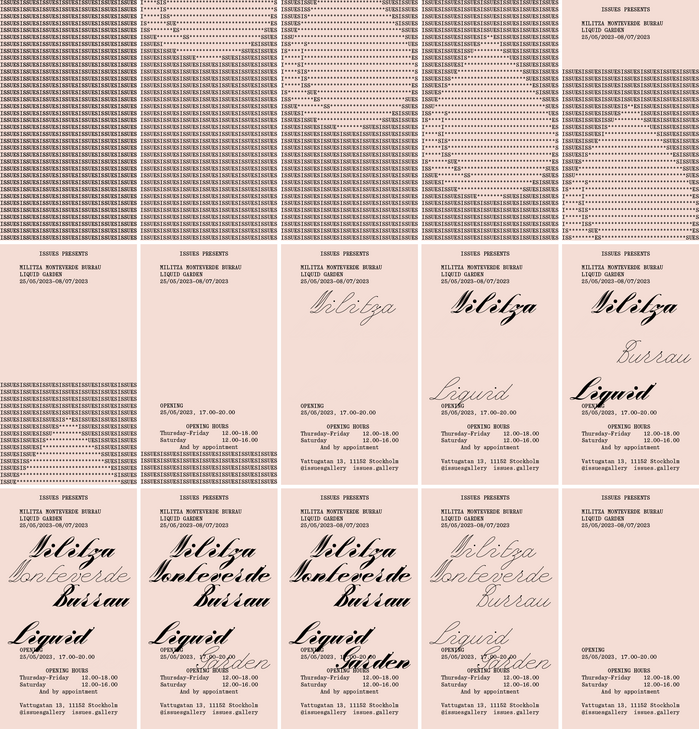
Konst & Teknik. License: All Rights Reserved.
Insta stories using frame-by-frame tap animations, mixing ASCII and logo typography in ABC Honeymoon
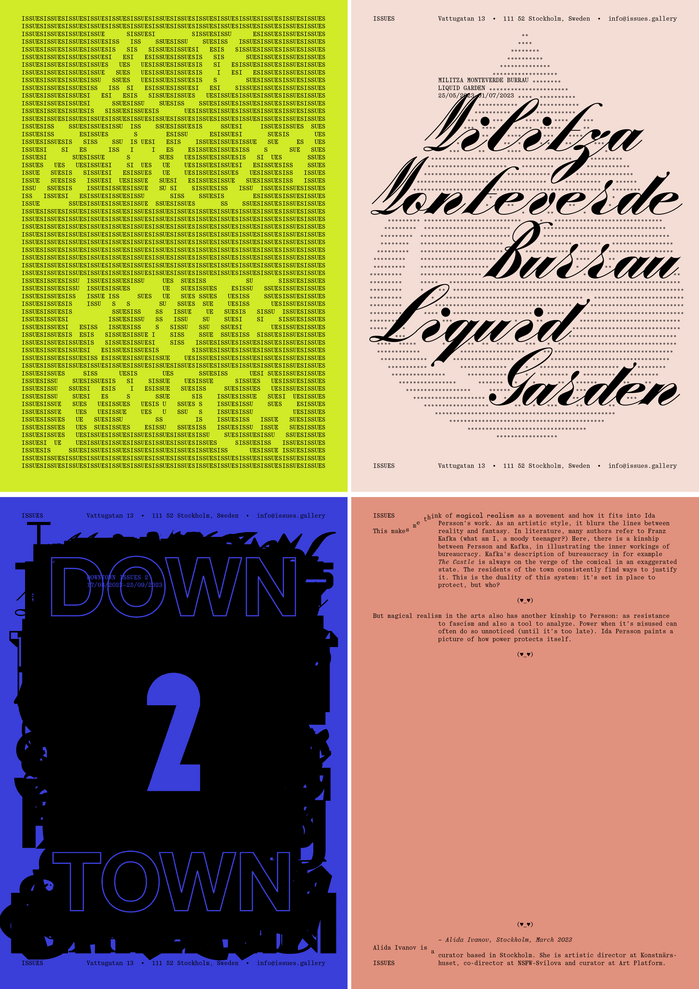
Konst & Teknik. License: All Rights Reserved.
Selected front and back covers from the A4-sized catalogue that comes with each exhibition.
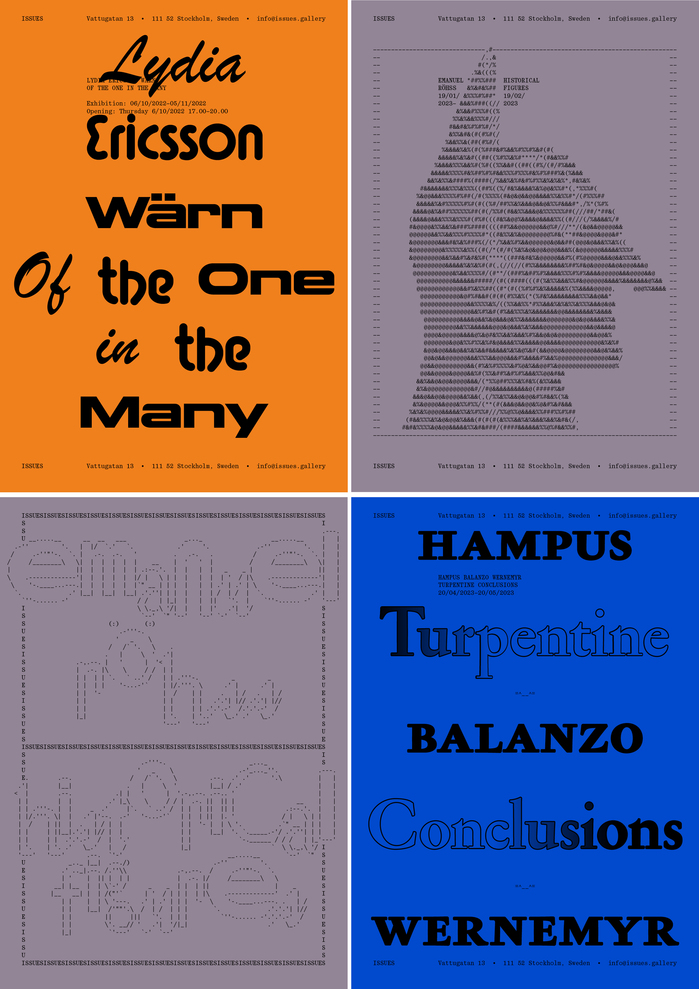
Konst & Teknik. License: All Rights Reserved.
Covers featuring Brush Script, Crowbar, Horizontal, and Jannon
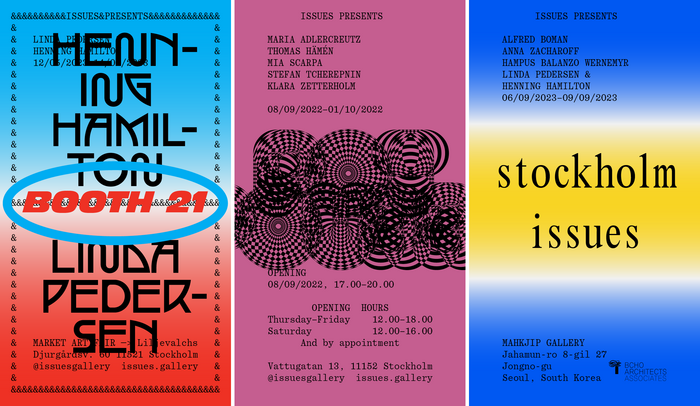
Konst & Teknik. License: All Rights Reserved.
Insta stories featuring P22 Arts and Crafts, Antique Olive Nord, Purple Haze, and PC Myungjo

Konst & Teknik. License: All Rights Reserved.
For most of the shows, merchendise has been made in order to promote the shows with and to the local community and scene that ISSUES is part of. Reflective wests for Henning Hamilton using ABC Maxi Round, gym bottles for Hampus Wernemyr in Jannon, hats for Zoe Barca in Monaako, and candy, T-shirts and mugs in Quadrant Text Mono.

Konst & Teknik. License: All Rights Reserved.
For DOWNTOWN ISSUES 2 in September 2023, one T-shirt with a typographic identity was designed for each participating artist printed in a single copy only. Seen here is a selection of the almost 70 T-shirts in total.
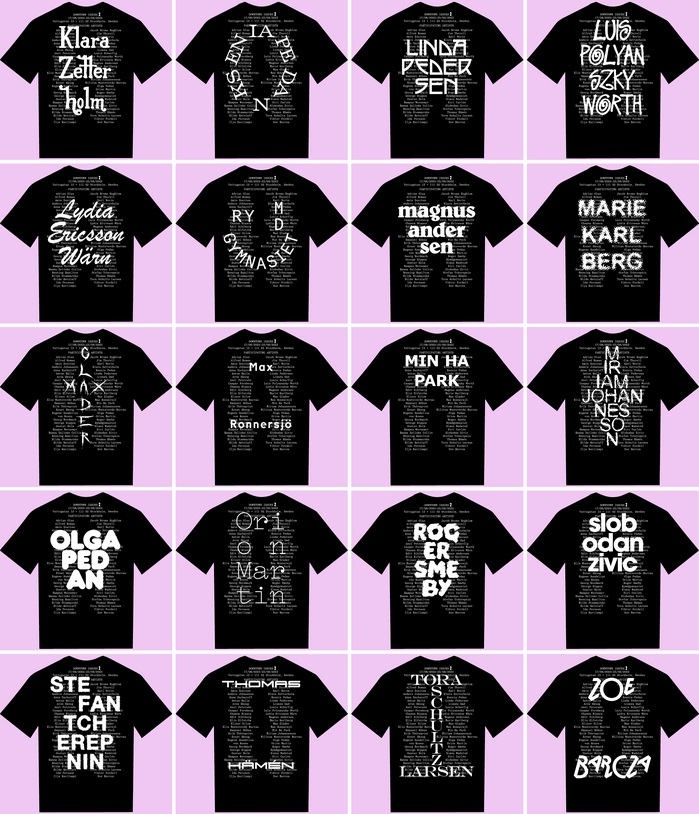
Konst & Teknik. License: All Rights Reserved.
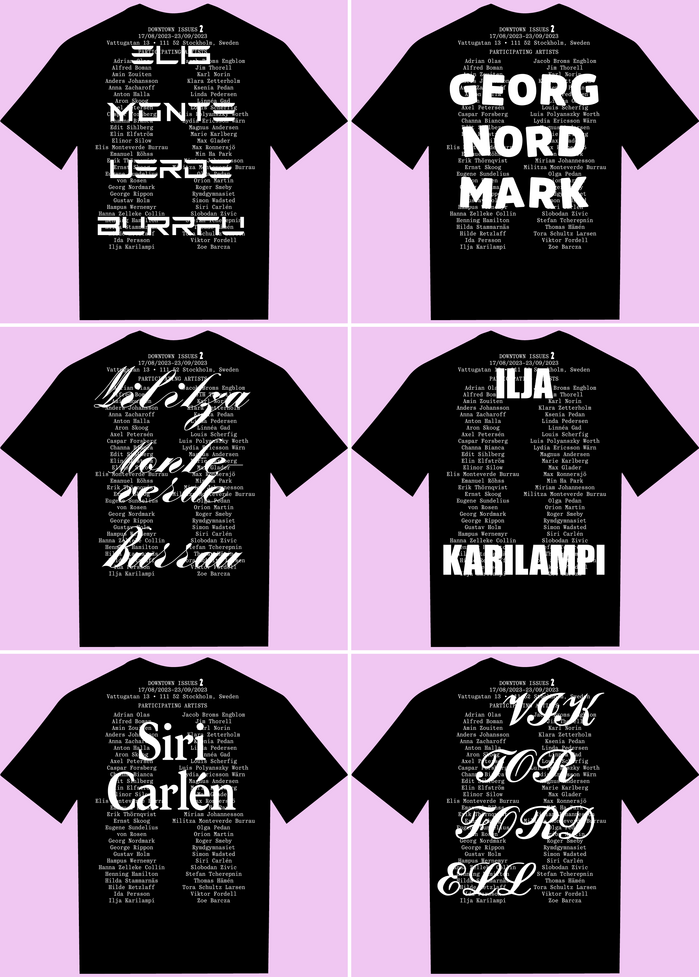
Konst & Teknik. License: All Rights Reserved.
A few examples: The typography for Elis Monteverde Burrau with Tesla references the big amount of Teslas in the neighbourhood (and indicates where this Swedish poet might be heading in the future?). The typography for Georg Nordmark in Amsi references local pet food chain Arket Zoo because of Georg*s interest in animals in his art. The typography for Militza Monteverde Burrau uses Dinamo*s ABC Honeymoon and connects to her organic sculptures in glass. The typography for Ilja Karilampi links to his meme lord status via its use of Impact. Siri Carl谷n was treated with the never-to-be-released Sm?l?ndsk Antikva by Konst & Teknik 每 which started around the same time Siri was a student of Konst & Teknik at Konstfack. Viktor Fordell got a Ford logo knockoff typeface because of... you know... Ford.
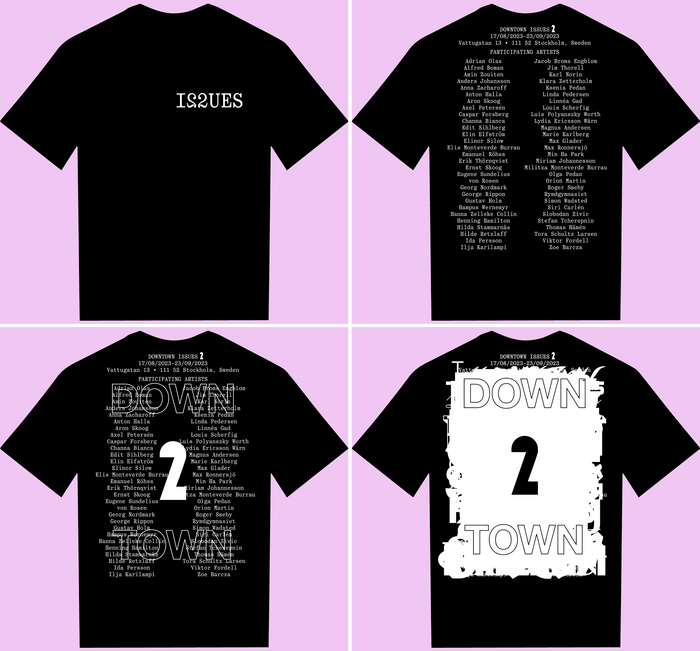
Konst & Teknik. License: All Rights Reserved.
The non-personal T-shirts come with one front cover and three different back versions: The big 2 is based on the most downtown building Stockholm offers, parking house Parkaden and its beautiful brutalist numbering system and fascade. ※DOWN TOWN§ refers to local clothing brand Our Legacy WORK SHOP that is often seen on T-shirts around town. A version of the T-shirt with all the artist names overprinted was made in an extra limited edition of only five copies. All T-shirts printed in white ink on black fabric by Everynight Studios.
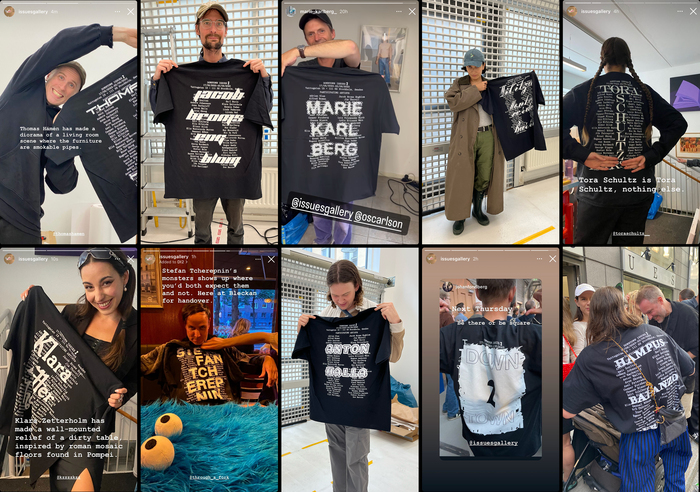
Konst & Teknik. License: All Rights Reserved.
Fonts in USE!
This post was originally published at Fonts In Use
]]>




Most posters in Berlin’s urban space unfortunately aren’t worth a long look. When a poster in the subway for once succeeds to catch my eye, chances are pretty high that it’s one by Gerwin Schmidt. The accomplished designer from Munich has been responsible for the posters by the Bröhan-Museum for several years now, and he always manages to come up with something surprising. His work for the museum doesn’t adhere to a fixed corporate design. He uses all kinds of typefaces, in playful arrangements, sometimes involving stretched letterforms, perspective effects and other imaginative treatments that dogmatists would frown upon.
The current exhibition that’s on display at this museum “for art nouveau, art deco, and functionalism” is titled “From Arts and Crafts to the Bauhaus. Art and Design – A New Unity!”
To mark the centennial anniversary of the founding of the Bauhaus, the exhibition at Bröhan-Museum will explore the prehistory of the Bauhaus and contextualize it within the Europe-wide emergence of modernism. It will show decisive steps in this development including the Glasgow School, Vienna Jugendstil, Deutscher Werkbund, and the Dutch group De Stijl leading up to the Bauhaus in Weimar and Dessau. With around 300 highlights—furniture, graphic design, metal art, ceramics, painting—from fifty years of design history, the exhibition will seek to explain this pan-European discourse on design.
For the poster series to this show, Schmidt did a literal typographic interpretation of its title and theme. Each of the three key terms is rendered in a typeface that immediately evokes the corresponding style and spirit. Schmidt explains:
“About two thirds of the exhibits stem from the period before the Bauhaus, so it would have been inappropriate to use a Bauhaus-like font for everything. On the other hand, using a Jugendstil typeface for the word “Bauhaus” would have looked odd, too. Hence the mix.”
“Arts” is set in P22 Arts and Crafts. Made by James Grieshaber and Richard Kegler in 1995, this font family is a digital interpretation of Dard Hunter’s lettering as used for Roycroft books and periodicals between 1900 and 1910. With its square shapes and curved diagonals, it takes cues from works by members of the Vienna Secession.
For “Crafts”, Schmidt chose Bernhard Bold Condensed AKA Bernhard Antique, which today is the most prominent member of Bernhard-Antiqua. This typeface family was originally cut by Louis Hoell after drawings by Lucian Bernhard. Based on the handmade letters for his famous Sachplakat posters, it’s distinguished by wobbly contours. Bernhard-Antiqua schmalfett was first cast by the Flinsch type foundry in Frankfurt/Main in 1912.
“Bauhaus” features the iconic single case Universal-Alfabet drawn by Herbert Bayer at the Bauhaus school in c. 1926. In 1997, Bayer’s final, bolder variant of the geometrically constructed letterforms was made into a digital font by Denis and Richard Kegler and released as P22 Bayer Universal, which is used here.
The exhibition was curated by Dr. Tobias Hoffmann and Dr. Anna Grosskopf, and designed by Katleen Arthen. It is shown until 5 May 2019. Find more information on the website of the Bröhan-Museum.
This post was originally published at Fonts In Use
]]>
